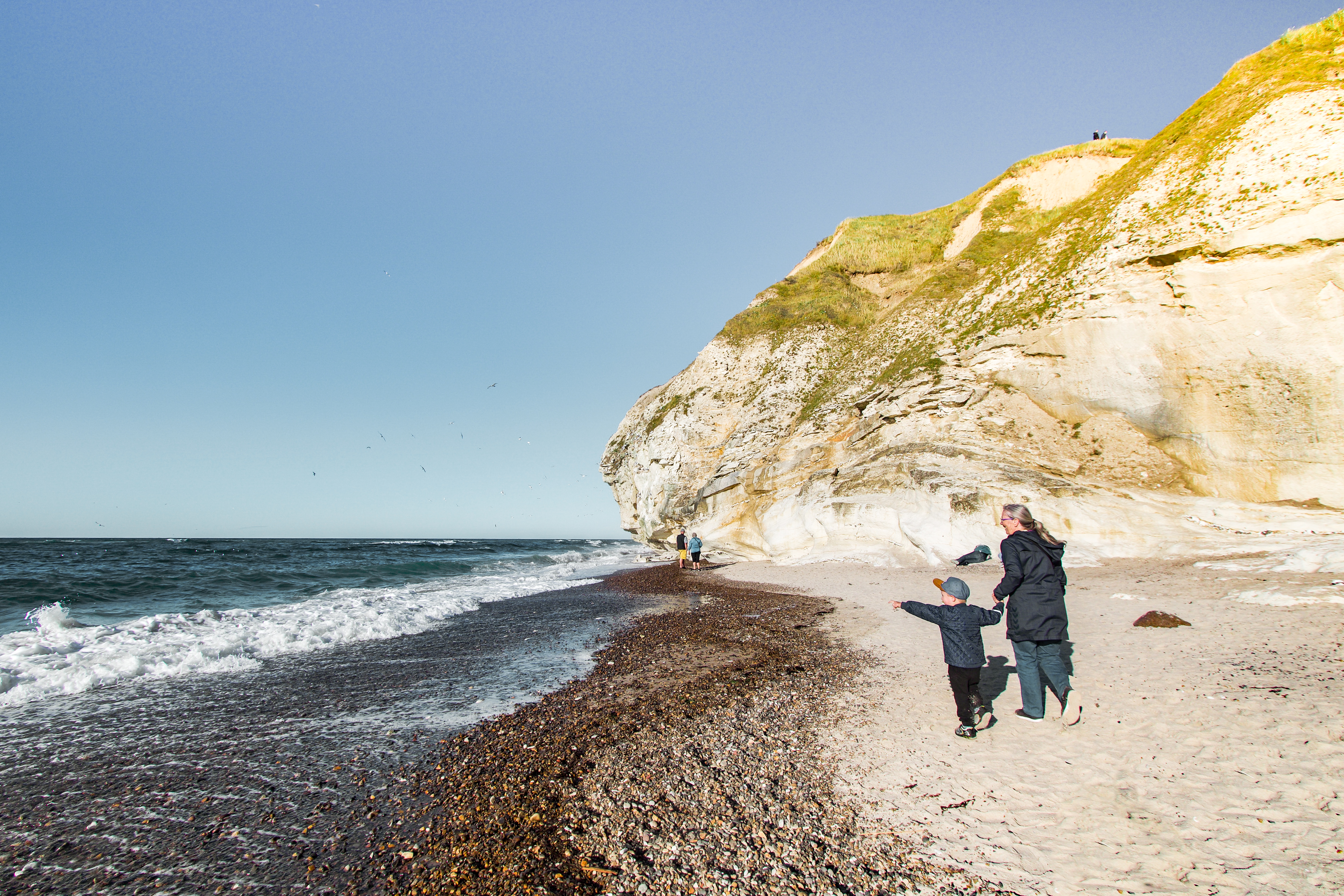| Learn the secret from the happiest people in the world |

Nordic countries rank highest among the happiest countries in the world and the best countries to raise children.
But why is that? What do we do differently?
There are of course a lot of factors that go into measuring a country’s happiness, but one that deserves a closer look is family life. In general, Scandinavians have a more relaxed parenting style with regular open communication and more freedom.
If you’re curious about Nordic parenting, here are five things you can learn from Scandi parents:
1. Play
In Scandinavia, play is considered a vital part of a happy childhood. For that reason, kids in Denmark, Sweden and Norway spend their early years playing and they don’t start school until they’re six years old.
We especially like outdoor play where the kids can get lots of fresh air. In kindergarten, they play outside every day. All kindergartens have a playground, but the kids also spend time in nature or the forest where they collect sticks, learn about animals and the eco system, balance on trees or jump in puddles. In Nordic parenting, kids learn to play on their own or with other kids, instead of being entertained by their parents or screens. This teaches them independence, creativity and imagination from an early age.
2. Friluftsliv
Friluftsliv, or open-air living, is something most Scandinavian parents prioritize. Basically, it means outdoor adventures for all ages in all weather. It can mean anything from camping or spending the night in a shelter with kids (which is a hit in Denmark) to picnics and long walks.
A positive attitude and proper outerwear for the weather are key to successful outdoor exploits.
3. No empty praise
Scandinavian parents are honest with their kids about the good and the bad. In practice, it means that we don’t give empty praise or focus too much on our children’s achievements. Instead, we applaud their efforts and save the praise for when it’s warranted. For instance, if my son is having a difficult time building a Lego house, I’d say:
“That house looks really difficult, but you didn’t give up” instead of “You’re so good at building a house!”
By focusing on their efforts instead of praising when it isn’t warranted, they are less likely to give up easily when confronted with difficult tasks.
4. Discipline without punishment
Scandinavia approaches parenting from a place of connection rather than fear or punishment. We believe that discipline is best achieved by having a close bond with your child.
Connection is the only reason why a child would freely give up what they want and do what we want instead. Kids who feel connected to their mom and dad naturally want to please them. So, when we discipline, we generally never use threats or ultimatums.
Instead, we guide, teach and inform our children how to behave, and we use logical consequences instead of punishment. For instance, if my son keeps running away when we’re at the store, I stop taking him to the store (instead of threatening to cancel play time or snacks).
5. Hygge
My favorite part of Nordic parenting is hygge. It’s a Danish concept and a way of life. It’s a feeling or atmosphere that requires slowness and the ability to be in the now.
Hygge is how we connect and bond with our children. We call it family hygge and it involves relaxation or activities where you spend time together. For instance, play games, cook together, watch TV or go on a picnic.
Ultimately, hygge strengthens the family and makes your home a calm and happy place for everyone.


